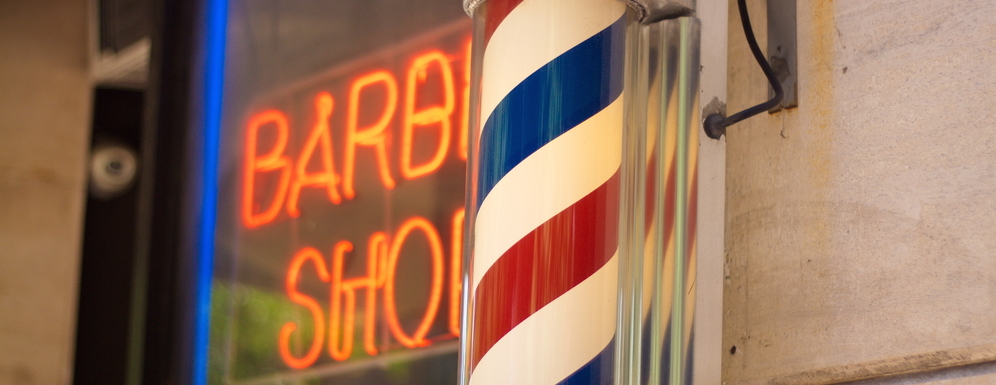


Barberpole Phasing and Flanging Illusions
Fabián Esqueda, Vesa Välimäki and Julian Parker
Companion page for a paper in the 18th International Conference on Digital Audio Effect (DAFx-15),
Trondheim, Norway, Nov 30 — Dec 3, 2015
Abstract
Various ways to implement infinitely rising or falling spectral notches, also known as the barberpole phaser and flanging illusions, are described and studied. The first method is inspired by the Shepard-Risset illusion, and is based on a series of several cascaded notch filters moving in frequency one octave apart from each other. The second method, called a synchronized dual flanger, realizes the desired effect in an innovative and economic way using two cascaded time-varying comb filters and cross-fading between them. The third method is based on the use of single-sideband modulation, also known as frequency shifting. The proposed techniques effectively reproduce the illusion of endlessly moving spectral notches, particularly at slow modulation speeds and for input signals with a rich frequency spectrum. These effects can be programmed in real time and implemented as part of a digital audio processing system.
Sound Examples
Cascaded Notch Filters
Inspired by the Shepard-Risset glissando, this barberpole phasing effect is implemented using a network of cascaded time-varying notch filters.
Pink Noise
Drum Loop
Synchronized Dual Flanger
In this approach, two feedforward comb filters are cascaded and crossfading is used so they take turns in producing a series of notches going up in frequency.
Pink Noise
Drum Loop
Single-Sideband Modulation
Inspired by the work of Harald Bode, this barberpole phaser is implemented using a spectral delay in series with a frequency shifter.
Pink Noise
Drum Loop
Note: Downward versions of these three effects can be implemented by reversing the appropriate parameters, as explained in the accompanying paper.
Others
Zipper Noise - These artifacts result from rounding-off the length of the delay line in flanger implementations.
The original drum loop is available here via freesound.org under a Creative Commons license. File last accessed Nov. 29, 2015.